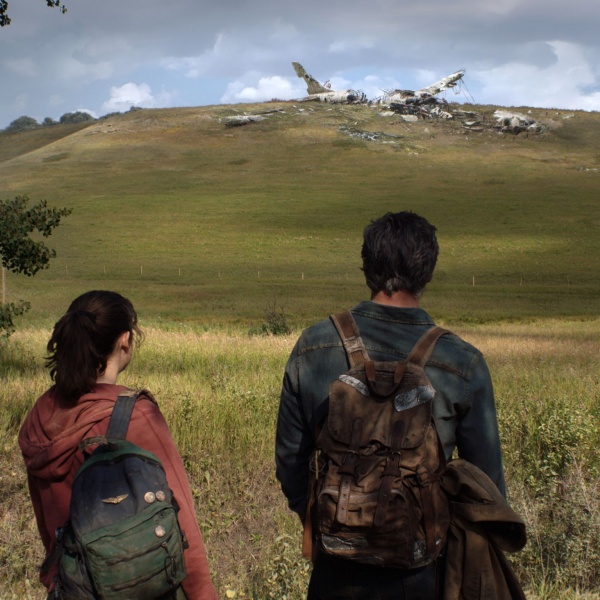Death Note is the 2017 American redo of the 2006 Japanese flick, which itself is an adaptation of the beloved manga masterpiece of the same name. There’s a fervent fandom around the story that were apprehensive to see the locale translated to Seattle, but as an audience member not overtly familiar with the source material, no harm, no foul.
There’s a collection of excellent elements the Netflix original feature swipes simply by adapting this piece of work. The story is tight and detailed, filled with layered and complex characters that are still easy to follow and without convoluted intentions. There’s development for every member of the main cast, twists and turns, red herrings for the sake of good storytelling rather than to cheat the audience – all the symptoms of a beautifully written plot that is all too rare on the cinema screen.
Pulling from manga also provides breathtaking storyboards. Still unfamiliar with the source material, it’s clear that some frames were too beautiful to be dreamed up by this film. The cinematography – especially the overt black and white palette, plus the occasional smash to kaleidoscopic levels of colour – entertains the eye the entire duration of the film. I never reached for my phone or any other distraction because not only was the plot excellent, the presentation of it was consistently gripping.
A quick shoutout to the editing too – a rapid, unforgiving, necessary succession of cuts and jumps to only present crucial information. One scene featured the first instance of Light being tailed by the police, and Light realising for the first time he was being tailed. It lasted no longer than fifteen seconds.
There’s also some key imagery that sticks out. Ryuk is a Shinigami – a death god – with fantastical spikes and a malevolent smile that is deliberately illustrated to be ‘otherwordly’. The journey from stage to screen can often crush specific ideas like this, but here, Death Note shines.
That is of course the catch – through announcement, development and post-production there’s been a gaze upon the project. Warner Bros skirted the idea after a long engagement, possibly sheepish of the backlash that comes with ruining a modern classic. Fear not, Death Note did not.
A fair amount of praise should be given to the impeccably cast collection of actors. Nat Wolff (Paper Towns, Fault in Our Stars) tackles the most difficult role of his career with a careful hand and reaps maximum results. It was a big gamble to cast him after the middling results of Paper Towns. His lover is Margaret Qualley (The Nice Guys, HBO’s The Leftovers) and she feeds off Wolff’s performance, often auxiliary but landing her few moments in the spotlight with focus.
Strong supporting players include video game voice actor Paul Nakauchi and Willem Dafoe’s motion capture work as Ryuk. Shea Whingam is a tortured dad-cop, pulling a mean average of his previous roles on Broadwalk Empire, Fargo, Justified and True Detective.
The undisputed MVP of Death Note is undoubtedly Lakeith Stanfield. The rising star is notching win after win – Selma, Straight Outta Compton, Dope, Snowden, Atlanta, Get Out – and this is another. L occupies a rare space on the line from hero to villain – he’s upholding the law, he’s in pursuit of justice, he’s dogged and determined and tortured and right – but the narrative never leans his way. It’s a wonderfully meaty role to dive into and it shows on screen Stanfield relished the opportunity. This guy is going places.
The film does a good job of playing on audience expectations – their idea of a hero, an anti-hero, of justice, and how they would imagine this ending satisfactorily. It’s too good to spoil, but ultimately it’s perfect.
Death Note is hypeworthy. It’s the best thing this hiatus season. What more praise could be said? It’s one of the best things coming out of 2017. An epic plot adapted to an endlessly visually appealing direction, filled with brilliant characters and curated performances. Watch it, then link your friends.









